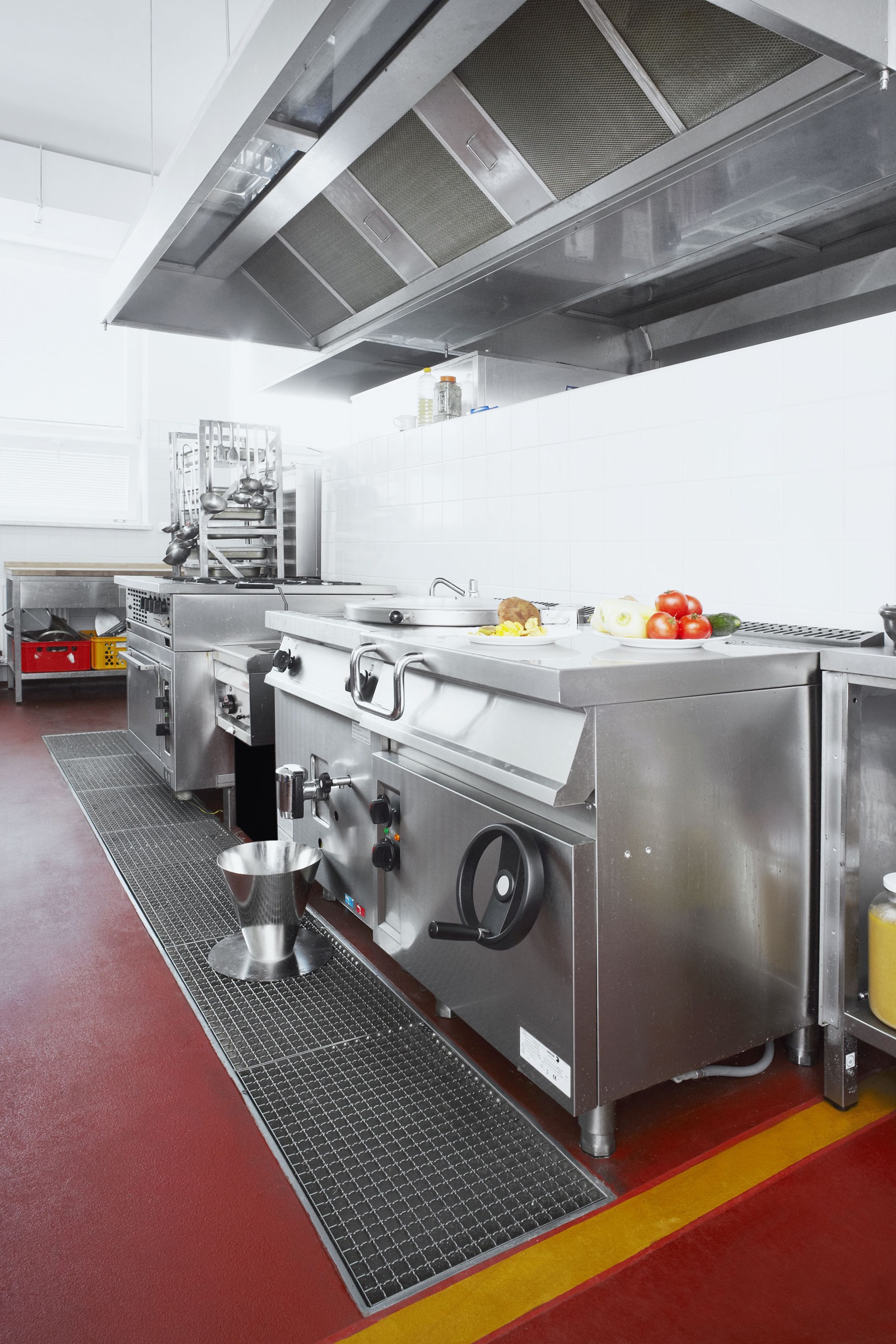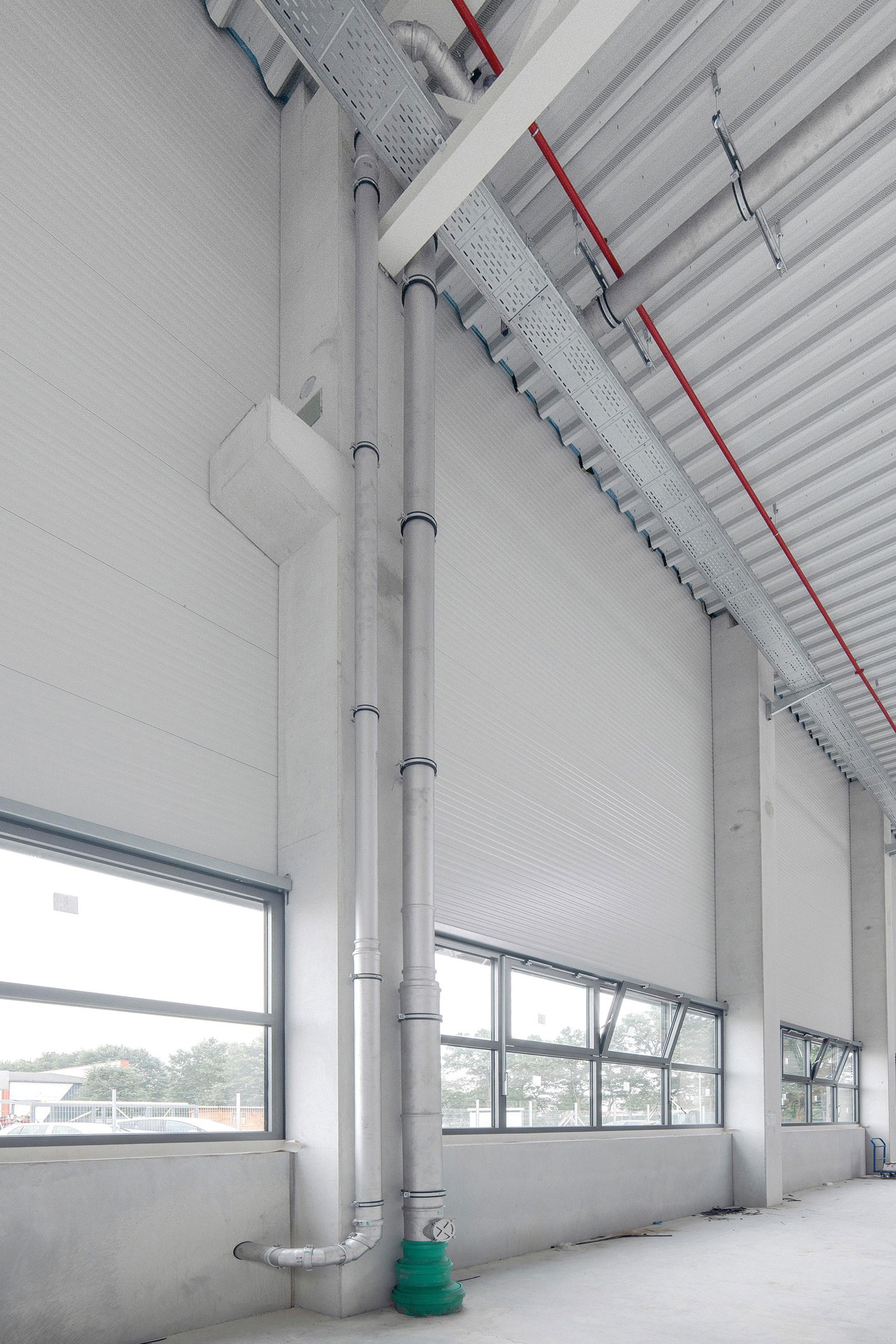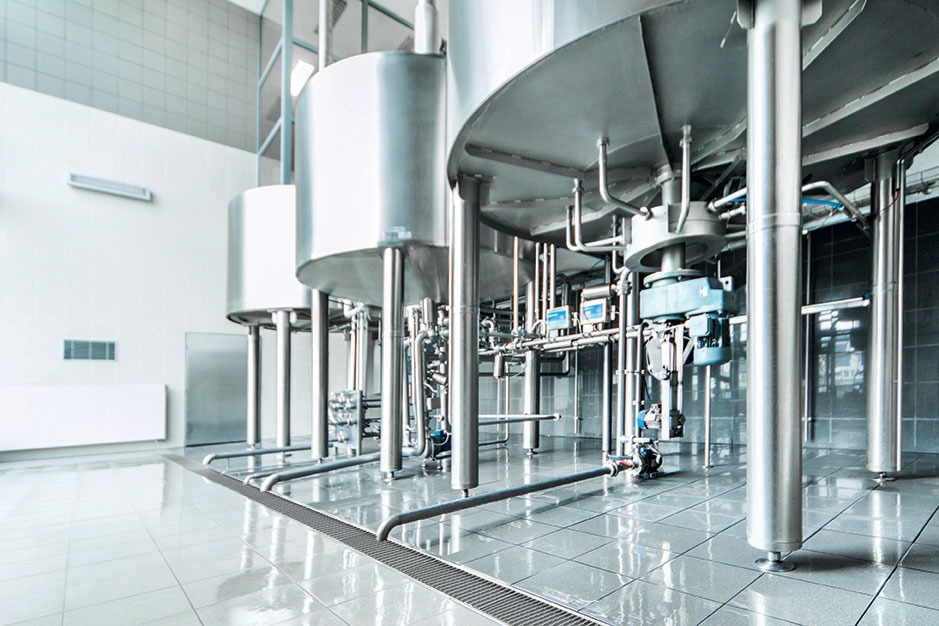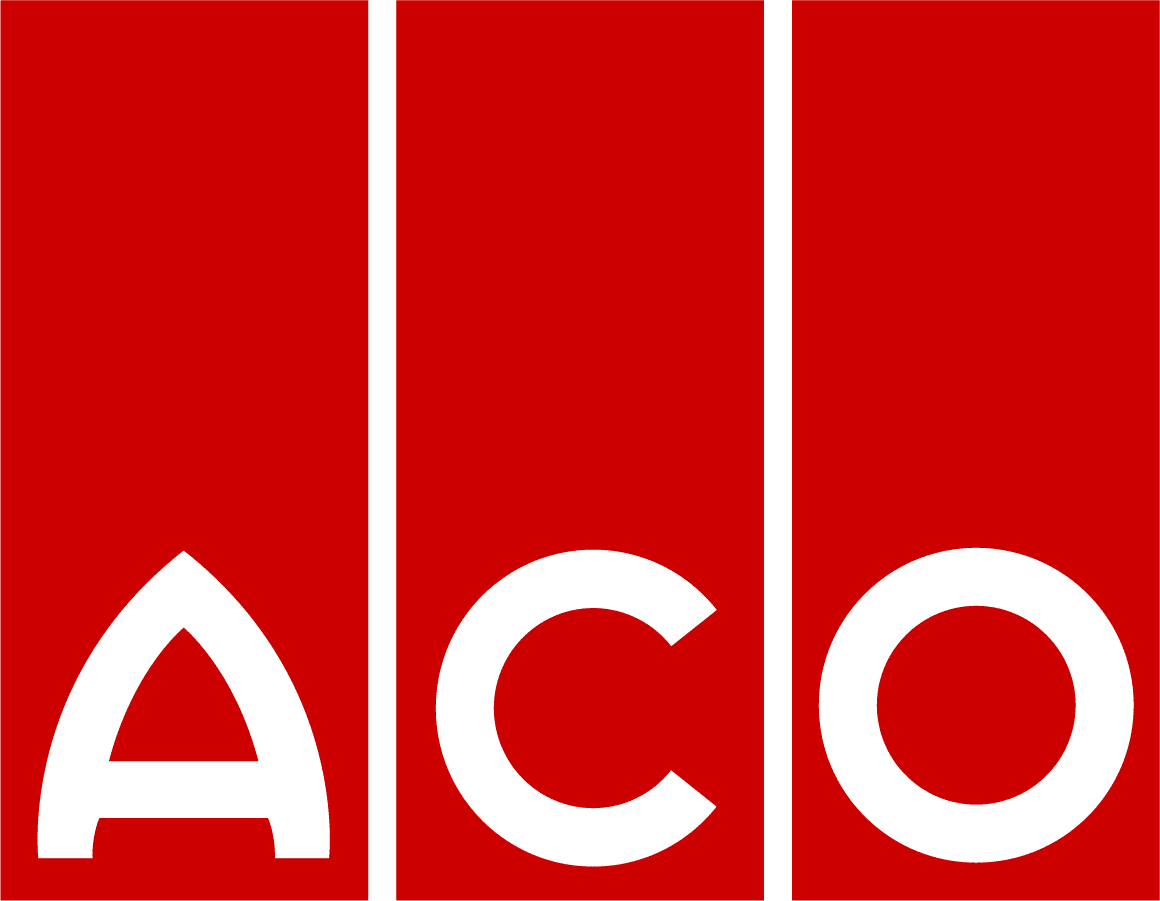Whether it be restaurants, breweries, wineries, or hotels, all commercial and industrial buildings need proper building drainage for health and safety concerns. But this doesn’t mean that these solutions cannot be eco-friendly and sustainable. In fact, the more sustainable the system is, the more benefits in regard to cost, time, waste reduction, and overall reusability of the products.
When it comes to choosing the right plumbing solution, stainless steel drainage systems are at the top of the list for sustainability.
What are the Benefits of a Stainless Steel Drainage System?
Stainless steel as a material has many environmental benefits, not only in the way that it is used but also in its production process and reusability. The modern and efficient high-tech production methods produce less waste and ensure that we minimize the amount of any products that get rejected. Any waste that is found gets recycled back to the steel producers or is reused in other processes. Most of that waste finds its way into new material or products rather than the landfill. The focus on continuous improvement and innovation in both the product and the process only leads to more and more sustainability factors. There is no reason to sacrifice sustainability for a hygienic and clean solution for commercial and industrial building drainage.
Stainless steel’s ultimate tensile strength means that as a thinner and less wasteful material, it will still hold up when comparing its high strength-to-weight ratio. This is important in the production process, the transportation methods, installation, and any post-installation maintenance. You can’t forget that once it has fulfilled its current purpose, it will continue to be recycled indefinitely without loss of any properties to ensure that it will not end up in a landfill. Every day, through ACO, Inc. we aim to provide the best in quality building drainage solutions using stainless steel.
Stainless steel drainage systems are an increasingly popular choice with today’s public health engineers and designers in food and beverage manufacturing, professional kitchen environments, and the pharmaceutical and chemical industries. Stainless steel offers a host of benefits compared to more traditional materials, including long-term durability and aesthetics. For engineers, the superior hygienic performance, ease of installation, on-site health and safety benefits, and system compatibility with other drainage system components are just a few of the key advantages.
ACO offers sustainable, integrated drainage systems designed to protect your business and the environment. Our aim is to constantly improve every aspect of safety while delivering a hygienic and functional-performing system that can even be waterproof. We believe our systems and services are truly unique and deliver unparalleled benefit to everyone involved in project planning, to subsequent operation, and maintenance guidance.

The stainless steel drainage system at BrewDog brewery in Columbus, Ohio. Photo courtesy of ACO, Inc.
How are Metal Mills Sustainable?
Stainless steel production can be energy-intensive, therefore increasing the need to maximize energy efficiency has seen the introduction and development of computer-controlled production systems. Acid recovery systems are put in place to recover 80% of the pickling acid used. Dust and flume extraction units are used to reduce the levels of emissions even more than their current rate. The dust from the gasses is then collected and recycled to reclaim the metallic compounds. Even the water that is used for cooling goes through a filtration process and gets recycled up to 100 times before it cannot be reused again. The slag from the furnace also has the metal reclaimed and is then used for road building purposes.
When it comes down to transporting stainless steel plumbing fixtures, it goes back to that high-tensile strength-to-weight ratio. That really helps out when it comes to transporting the final products. Stainless steel can be used in thinner profiles and lighter weight applications, meaning that the waste and emissions from transportation can be reduced exponentially.
Why Should I Spec Stainless Steel Plumbing Fixtures?
Once it arrives at the building, the sustainable benefits don’t stop there. Not only do stainless steel pipes provide a nontoxic, smooth surface that can be easily cleaned and sterilized, but they also have no degradation. They have a long lifespan with minimal maintenance and are also corrosion-resistant.
Taking into account the material, installation, maintenance and disposal costs, stainless steel is the most sustainable and cost-effective solution for commercial and industrial businesses looking for hygienic solutions. Installation of the product is quick and simple due to the advanced push fit joints that increase the product’s reusability. There is no painting or coating required, which allows the stainless steel to remain cleaner for repurposing later on. These stainless steel pipes and drainage can be installed about 40% faster when compared to cast iron pipework. More efficient installs can lead to less waste.
ACO Stainless is versatile and cost-effective linear drainage system for areas where corrosion resistance, hydraulics, and durability are required. ACO BoxDrain is a stainless steel floor drainage system for food and beverage preparation, specifically designed for areas where hygiene is paramount, such as commercial kitchens. To prevent contamination by harmful bacteria, a range of hygienic stainless steel channels have been designed to meet stringent industry requirements. ACO FloorDrain is a range of stainless steel floor drains with a variety of grates and fixed or adjustable height bodies, designed for use in commercial and industrial projects where hygiene, durability, and performance are required. ACO Pipe is IAPMO-certified stainless steel, thin wall, push-fit waste pipes manufactured from grade 304 or 316L stainless steel. ACO Pipe provides a modern metal alternative to PVC/HDPE soil and waste pipework.
Many of our stainless steel drainage products are floor and trench systems designed to be the ultimate in hygienic performance solutions, ensuring the health and safety of workers, customers and products, while still allowing clean-in-place functionality.
-

- Photo courtesy of ACO, Inc.
-

- Photo courtesy of ACO, Inc.
What Maintenance is Required for Stainless Steel Drainage Systems?
Because the ACO Building Drainage line is designed to be highly hygienic and easily sanitized, with some minor routine maintenance, the nontoxic, smooth-surfaced stainless steel pipes can be cleaned efficiently without waste. The reduced need for constantly cleaning the stainless steel pipes means less waste is created. The stainless steel’s smooth surface reduces blockages and concern for problems arising once they are installed.
Stainless steel doesn’t degrade and is corrosion-resistant, meaning you can get the most out of your hygienic ACO Building Drainage stainless steel products without worrying about any early replacement of parts, and your overall facility will stay cleaner longer. Thanks to the push fit joints, once ACO stainless steel products have fulfilled their purpose and they can always be dismantled and re-sited, avoiding the need for recycling and over consuming. Over time you will find that the whole life cycle costs of the ACO Stainless, BoxDrain, FloorDrain, and Pipe products will be more hygienic, sustainable, and an overall a better value for your entire business. Investing in your drainage solutions are an investment into the lifespan of your business.
Can Stainless Steel Plumbing Be Recycled?
Designed with a life in excess of 50 years, meaning that at the end of the lifetime of the building, stainless steel commercial and industrial pipes are almost certain to be recycled rather than sent to the landfill. Stainless steel is 100% recyclable and can be recycled without loss of properties. The fact that the ACO Building Drainage stainless steel has no coatings allows for it to be easily recycled and reused. Because stainless steel can be manufactured from raw material, recycled material, or a mixture of both, there will always be a purpose for stainless steel to be recycled.
The energy consumed when producing new stainless steel is much greater than when producing stainless steel from recycled material. And because stainless steel can be recycled indefinitely without degradation of its properties and is completely recyclable at the end of its life, the metal will retain much of its value. The lack of need for new primary raw material makes an above average contribution to global environmental protection by reducing the depletion of nonrenewable resources. Producing from scrap rather than primary resources significantly reduces energy used, CO² emissions, and waste.
How Will Stainless Steel Drainage Systems Make a Difference?
Every step of the way—from sourcing the stainless steel material to manufacturing the building drainage products, the transportation methods, the quick and easy installation, the minimal maintenance, and strong residual value to recycling and reusing the stainless—there’s proof that stainless steel and ACO Building Drainage stainless steel products are highly sustainable.
Stainless steel offers many positive sustainability benefits to the construction sector. Its durability, longevity, aesthetics, whole life costs, and superior corrosion resistance makes it the material of choice for many applications. We are focused on continuous improvement and innovation in both product and processes. We recognize our responsibility toward the environment; minimizing emissions and waste and using raw materials and energy efficiently are our goals.
As a world leader in the manufacturing of stainless steel drainage systems, ACO has production facilities with considerable expertise in the working and fabrication of stainless steel for both proprietary product ranges and custom made items. ACO USA has a steel fabrication facility manufacturing a variety of products and components for its own product lines. ACO is dedicated to achieving the highest possible standards of quality through the organization. Many of the products we are now bringing to the market are new and haven’t been thought of or used before. ACO strives to bring sustainability and care for the market up to another level. Every little bit helps, so why not start creating both hygienic and sustainable solutions for our communities?




